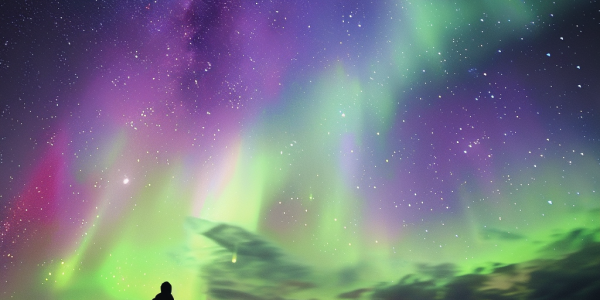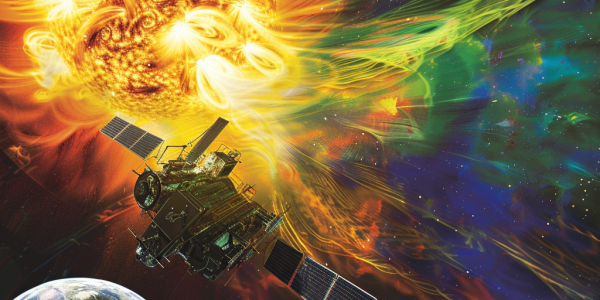Solar Maximum: Exciting Times for Skywatchers and Scientists Ahead
The sun is currently experiencing solar maximum, leading to increased solar flares and breathtaking auroras visible from Earth. This active phase of the 11-year solar cycle is expected to continue for another year, providing exciting opportunities for skywatchers and scientists alike. The Parker Solar Probe is set to make its closest approach to the sun, allowing for unprecedented data collection on solar activity and its impact on space weather.
Harnessing Machine Learning for Enhanced Solar Weather Forecasting in Space Operations
As satellite operators face challenges from solar weather, advancements in machine learning are enhancing space weather forecasting. Researchers are utilizing data from NASA’s Solar Dynamics Observatory to develop predictive models that improve satellite tracking during solar events. This innovative approach is crucial for maintaining operational advantages in increasingly contested space environments.
SwRI Integrates Solar Wind Sensor into NOAA’s SWFO-L1 Satellite for Enhanced Space Weather Monitoring
The Southwest Research Institute (SwRI) has successfully integrated the Solar Wind Plasma Sensor (SWiPS) into NOAA’s SWFO-L1 satellite, enhancing space weather monitoring. This innovative sensor will provide real-time data on solar wind and solar storms, crucial for predicting their effects on Earth’s technology and infrastructure. The collaboration aims to improve forecasting capabilities and safeguard essential services from potential disruptions caused by solar activity.
NASA Captures Image of Strong Solar Flare
The Sun emitted a strong solar flare on Feb. 16, 2024, captured by NASA’s Solar Dynamics Observatory. Solar flares can impact communication, power grids, and spacecraft. This X2.5 flare is classified as one of the most intense, highlighting the importance of monitoring space weather. Visit NOAA’s Space Weather Prediction Center for forecasts and alerts.
NASA Captures Powerful Solar Flare Erupting from the Sun
Nasa recently captured a powerful solar flare erupting from the Sun, causing immediate and diverse repercussions. The eruption, originating from sunspot AR3559, emitted a powerful M6.7-class solar flare in the early hours of Monday. This extreme ultraviolet flash was captured…





